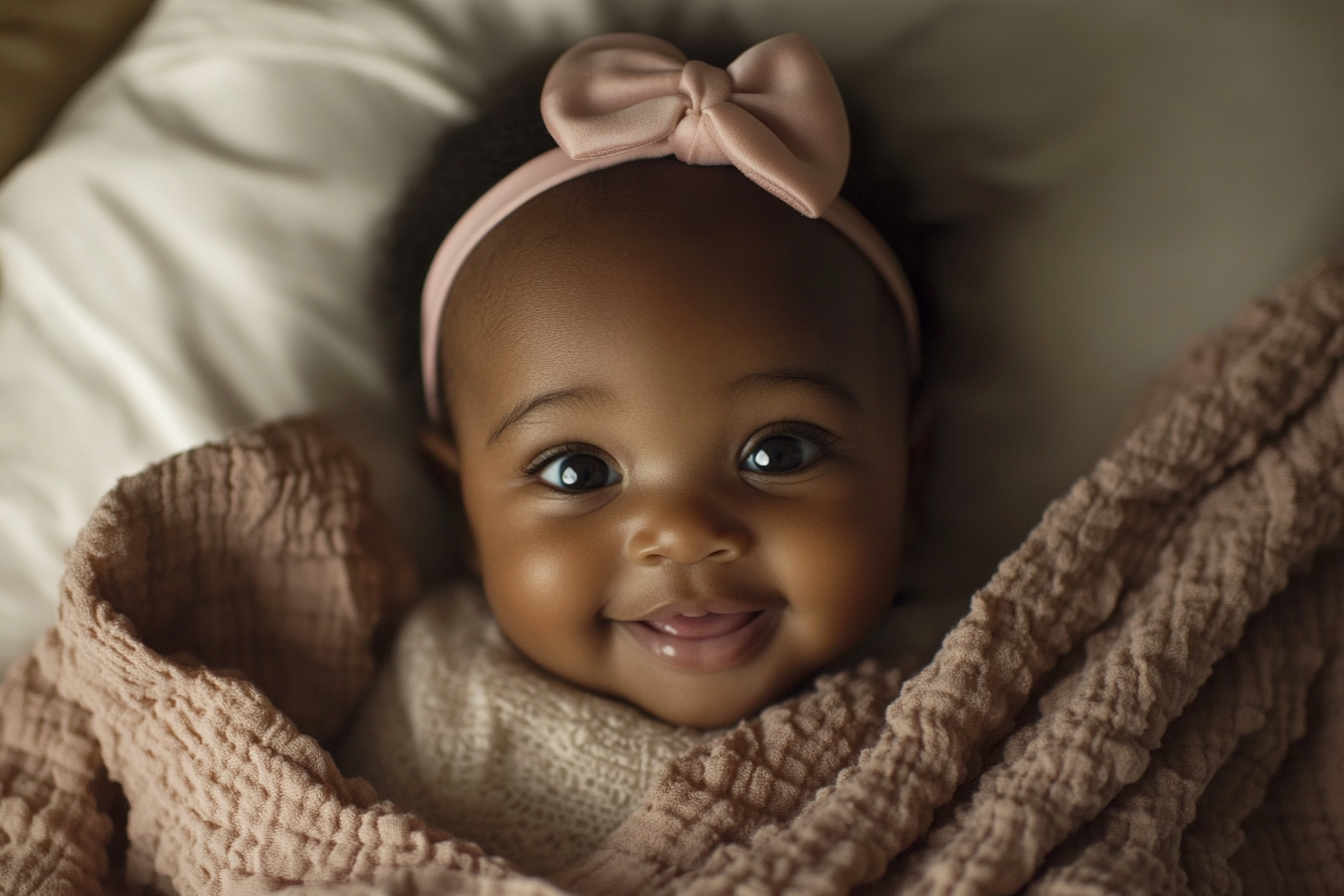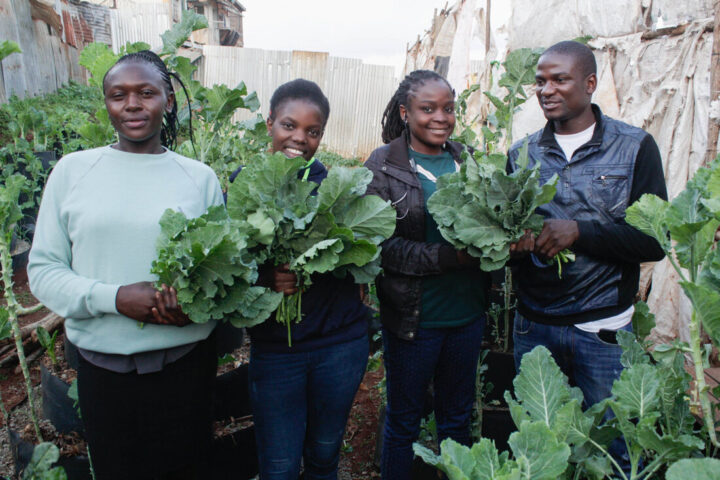Did you know that those adorable little bundles of joy—yes, babies—come equipped with more bones than you do? That’s right! While you’re walking around with a respectable 206 bones in your adult skeleton, newborns start their lives with a whopping 270 bones. But why the difference? And how does this tiny fact play a huge role in human development? Buckle up, because we’re diving deep into the fascinating world of human bones!
The Baby Bone Bonanza
So here’s the scoop: babies have more bones mainly because many of their bones are made of cartilage, the softer, flexible stuff that allows for growth and the miraculous feat of entering the world through the birth canal. According to Dr. Richard O. Wurtman in his book Human Biology and Health, this soft structure is essential for allowing the head to compress during birth and for enabling overall flexibility as the baby grows.
Now, as adorable as it sounds to have all those extra bones, it’s not a permanent setup. As babies grow—poof!—those 270 bones gradually fuse together, particularly in areas like the skull and spine, leading to the standard adult count of 206 bones. So, by the time you’re strutting around in your adult body, you’ve lost some of those bones to the process of fusion.
Why the Fusion?
But wait, why do these bones fuse at all? It’s all about making room for the big brain! During the early stages of life, the brain undergoes incredible growth. As Dr. Wurtman explains, the spaces between the bones in a baby’s skull—known as fontanelles—allow for this growth while providing a bit of cushion during delivery. These gaps are later closed as the baby matures, making a solid, protective structure for the brain.
This natural process doesn’t just happen in the skull; it occurs in other parts of the body too. For instance, the bones of the spine, which start off as separate entities, fuse together over time to create a strong, stable backbone.
So, the next time someone mentions how fragile babies are, you can drop this bombshell of knowledge: they’re not just fragile—they’re literally built differently! With more bones and a unique skeletal design, babies are nature’s ingenious little packages, perfectly crafted for growth and development.
Next time you see a baby, remember that they come with a little extra—more bones than you! That’s some serious baby magic that makes human life even more fascinating. As they say, knowledge is power, and now you’re armed.
For a deeper dive into this bone-tingling topic, check out Dr. Wurtman’s Human Biology and Health, or explore resources from the Cleveland Clinic and National Institutes of Health that shed light on human skeletal development.









